Off-Road Dampers Rear: The Performance Code Hidden Behind the Axle
 2025.08.08
2025.08.08
 Industry News
Industry News
In the off-road world, people often focus on tire tread depth and the locking capability of the four-wheel drive system, but often overlook the seemingly insignificant pair of shock absorbers behind the axle. In fact, the rear shock absorbers are one of the core components that determine a vehicle's stability and safe passage through complex terrain. They not only withstand the repeated impacts of the vehicle's weight but also the constant bumps of unpaved roads. Their performance is directly related to driving confidence, vehicle durability, and even personal safety.
Off Road Dampers Rear: The "Master of Balance" for Off-Road Stance
When driving off-road, the forces borne by the front and rear axles differ significantly. As the driving axle (as in most off-road vehicles), the rear axle must both transmit power and maintain vehicle stability through bumps, creating a more complex working environment for the rear shock absorbers. When a vehicle traverses a series of potholes, the rear wheels often bounce more than the front wheels. If the rear shock absorber's damping force is insufficient, the rear of the vehicle will experience excessive heaving, which can lead to reduced grip at best and lateral swinging of the rear end, potentially causing a rollover.
Professional off-road rear shock absorbers employ precise damping control to suppress spring rebound within milliseconds. When the wheel encounters a raised obstacle, the shock absorber rapidly compresses and absorbs the impact energy, preventing vibration from being directly transmitted to the vehicle. Furthermore, when the wheel drops, the shock absorber controls the spring's extension speed through appropriate damping force, ensuring constant tire contact with the ground. This precise control of compression and extension is crucial for maintaining vehicle stability in muddy, rocky, and desert terrain.

Compared to conventional road shock absorbers, off-road rear shock absorbers are designed with greater emphasis on fatigue resistance. Sustained impact on unpaved roads can cause the internal temperature of the shock absorber to rise sharply. Ordinary shock absorbers may experience damping degradation due to overheating of the oil. However, high-quality off-road rear shock absorbers feature larger oil reservoirs and efficient heat dissipation structures to ensure stable performance even under prolonged and intense use. The piston rod and cylinder are also made of more stringent materials, often made of high-strength alloys with special surface treatments to withstand constant erosion from mud, sand, water, and rocks.
Tuning Logic: Understanding the Dialogue Between Terrain and Shock Absorption
Off-road rear shock absorber tuning isn't simply about "hard" or "soft"; it must precisely align with the vehicle's overall settings and the terrain being driven. In desert terrain, where vehicles frequently perform high-speed descents and mid-air landings, rear shock absorber tuning favors "long travel, low damping." This allows for a longer compression and extension period to absorb landing impacts. At the same time, lower damping force allows for faster wheel return, preventing vehicle bouncing caused by insufficient suspension travel.
In rock climbing, the situation is quite the opposite. The vehicle needs to travel slowly and precisely control the wheel trajectory, so the rear shock absorber tuning is shifted toward "short stroke, high damping." The higher damping force quickly suppresses minor spring vibrations, ensuring stable vehicle posture and allowing the driver to precisely escape with subtle throttle and steering adjustments. At this point, the shock absorber's "support" becomes crucial. It needs to act like a steady hand, firmly supporting the vehicle and preventing center of gravity shifts caused by uneven terrain.
Rear shock absorber tuning also requires consideration of front and rear axle balance. If the front shock absorbers are set too soft and the rear shock absorbers too firm, the vehicle will experience noticeable "lift" during rapid acceleration, reducing rear wheel grip. Conversely, if the rear shock absorbers are set too soft, the rear end will dive under braking, affecting braking stability. Professional off-road modification professionals will conduct repeated testing to find the optimal match between the front and rear shock absorbers, achieving a perfect balance between vehicle tracking and terrain adaptability.
Purchase and Maintenance: Maintaining Long-Lasting Performance
For off-road enthusiasts, choosing the right rear shock absorber requires a comprehensive consideration of their driving style, frequently used terrain, and the degree of vehicle modification. Original shock absorbers are typically designed for comfort and versatility, meeting their needs for light off-roading, but often struggle to withstand sustained impact during intense off-roading. Upgrading to specialized off-road shock absorbers is essential.
Off-road rear shock absorbers on the market primarily come in two types: single-tube and twin-tube. Single-tube shock absorbers offer higher internal pressure, faster response, and improved heat dissipation, making them suitable for high-intensity off-roading. Twin-tube shock absorbers offer a relatively simple structure, lower cost, and stable performance in moderate off-roading.
Rear shock absorber maintenance is also essential during daily maintenance. After each off-road trip, clean the shock absorber promptly to remove any dirt, sand, or oil from the surface. Check the piston rod for scratches or deformation, and check for loose bolts at the connection. If you notice any shock absorber leaks, unusual noises, or noticeable changes in damping force, replace them promptly to avoid safety hazards caused by performance degradation. Also, regularly inspect the shock absorber mounting location for stress concentrations and, if necessary, replace or adjust the bushings to ensure optimal operating conditions.

Off-road rear shock absorbers are like the vehicle's "second heart," silently absorbing the ground's impacts and supporting every ups and downs of the vehicle. For true off-road enthusiasts, understanding the performance of rear shock absorbers not only allows the vehicle to navigate complex terrain with ease, but also allows them to discover the ultimate joy of off-roading through the dialogue between driver and vehicle, and between vehicle and nature.
 EN
EN  English
English Español
Español


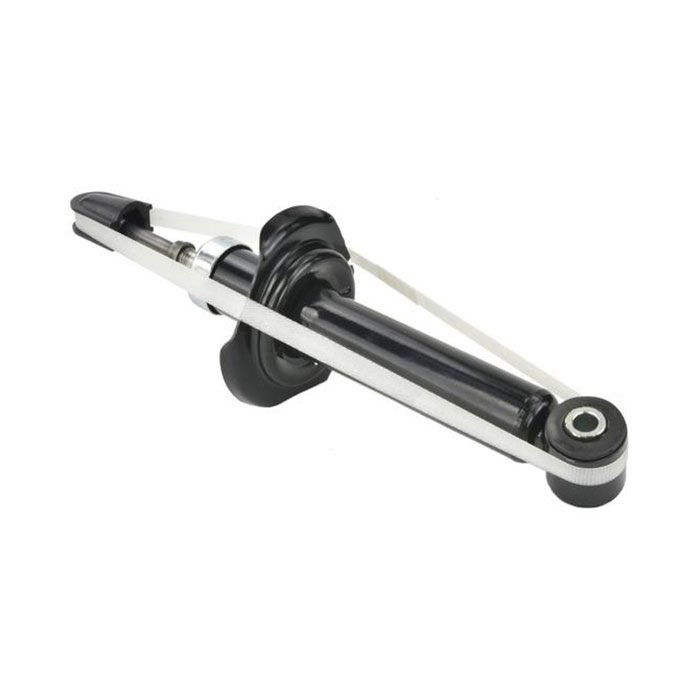
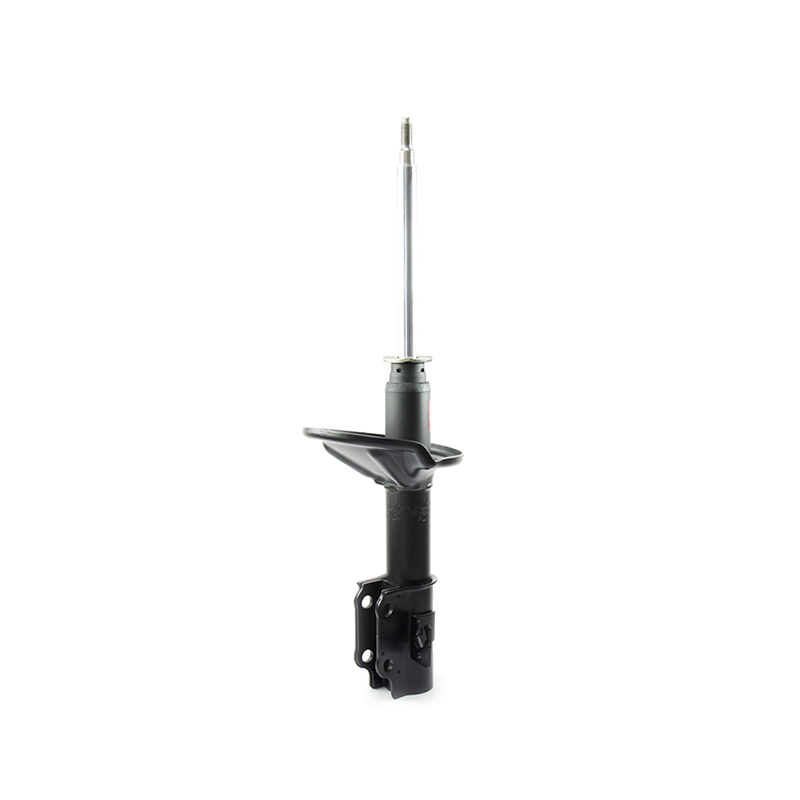
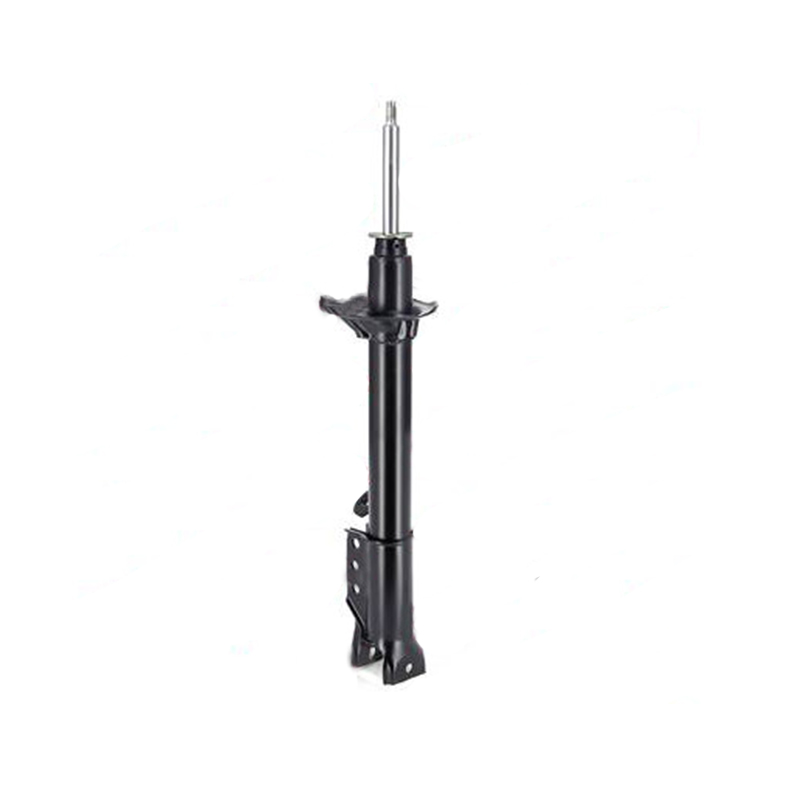
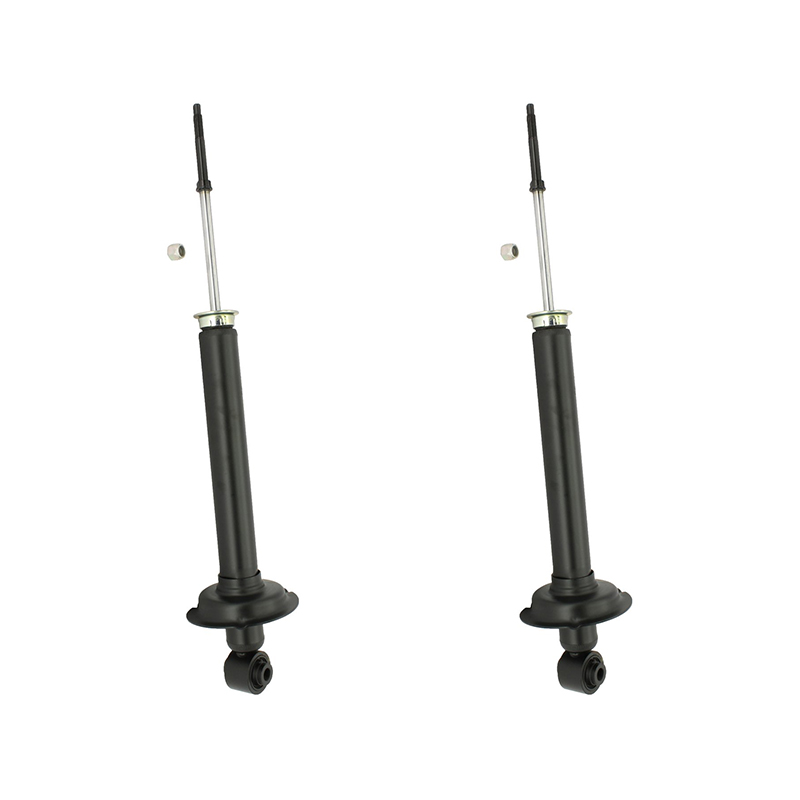

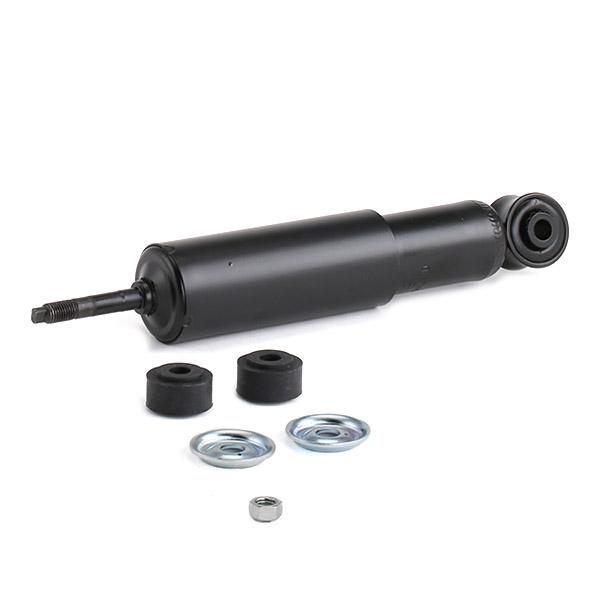
 +86-13757453333
+86-13757453333  +86-572-8355557
+86-572-8355557  Caroline@gerep.cn
Caroline@gerep.cn  No. 36, South Zhenxing Rd., Zhongguan Town, Deqing County, Huzhou, Zhejiang, China
No. 36, South Zhenxing Rd., Zhongguan Town, Deqing County, Huzhou, Zhejiang, China 